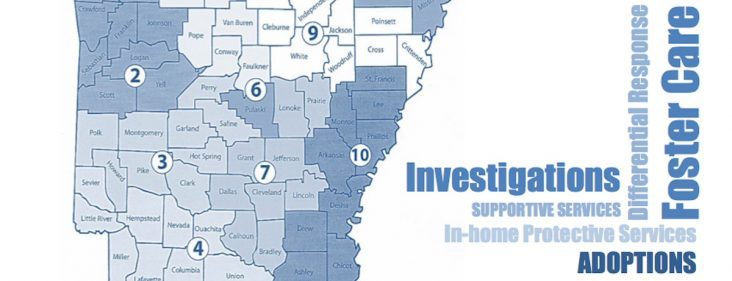Quarterly report shows number of foster children growing; need for beds unmet
by August 15, 2016 4:36 pm 260 views

The state had 4,791 children in foster care at the end of March, an increase from 4,592 at the end of the previous quarter. There were more foster care children than foster care homes, and caseload workers were handling 27 cases, double the 15 cases recommended by the Child Welfare League of America.
Meanwhile, 25% of the 9,071 reports of maltreatment in the quarter were found to be true, according to a report prepared for the Department of Human Services’ Division of Children and Family Services.
The report by Hornby Zeller Associates was to be presented to the Senate Children and Youth Committee and the House Aging, Children and Youth, Legislative & Military Affairs Committee Monday. It covered the third quarter of fiscal year 2016, or January 1 through March 31. (Link here for a PDF of the report.)
The report said caseworkers averaged 27.2 cases in March 2016, a drop from 29.7 cases in October 2015 but still above the Child Welfare League of America’s recommended 15. Seventy-five percent of foster care children received a monthly face-to-face visit by a caseworker – 7% higher than in the second quarter but about the same as the previous two quarters.
The state had 1,478 licensed foster family homes open at the end of the quarter. Two hundred twenty homes were opened while 176 were closed.
Of the 4,791 children in foster care at the end of the quarter, 43% had been in foster care longer than 12 months. The national average is 54%. Seventy-two percent were in a family setting – a foster family, therapeutic foster home, a relative, a pre-adoptive home, or a trial home. The number of children available for adoption was 606, and 163 adoptions were finalized during the quarter.
Substance abuse was listed as a placement reason in 612 cases, or 56%. Neglect was listed as a reason in 570 cases, or 52%. Parent incarceration was listed in 220 cases (20%); physical abuse was listed in 129 cases (12%); and inadequate housing was listed in 105 cases (10%).
The number of children entering foster care, 1,093, was larger than the number leaving the system, 808. Of the discharges, 90% returned home, were placed with a relative, or were placed in an adoptive home – higher than the national average of 80%. Twenty-five percent of children in foster care were ages 2-5, and another 18% were under 18. Sixty-two percent were caucasian, 19% were African-American, and 6% were Hispanic.
According to the report, of those 9,071 cases, 1,568 were assigned to the Arkansas State Police’s Crimes Against Children Division, while 7,503 cases were assigned to the Division of Children and Family Services (DCFS) for investigation.
The remaining 16%, or 1,195, were handled through Differential Response, an effort implemented statewide in August 2013 that responds to low-risk maltreatment reports via a family assessment rather than an investigation. Those include cases of educational neglect (31%), environmental neglect (30%), inadequate supervision (29%), and other situations.
Of the cases assigned to investigations, 25% were substantiated, including 22% of those assigned to DCFS and 37% assigned to the Crimes Against Children Division. Those included 2,234 victim children. Sixty-seven of the children were victims of neglect, 531 were victims of physical abuse, and 415 were victims of sexual abuse. Broken down by demographics, 54% of them were female, 71% were caucasian, and 15% were African-American.
There were 22 maltreatment investigations of a child fatality. Ten were found true, three were unsubstantiated, and nine are pending.
DCFS initiated 84% of its investigations within the required 24 hours of high priority reports and 72 hours of lower priority reports – an improvement of two points from the previous quarter. It completed 65% of its investigations within the required 45 days of receiving the report, which was four points higher than the previous quarter.
Responses in Differentiated Response cases are supposed to be initiated within 72 hours of receiving the report. DCFS initiated those referrals on time 65% of the time, a drop from 72% in the previous quarter. Those cases are required to be closed within 30 days, with up to another 30 days allowed in response to families’ needs. On-time closure times have dropped from 83% in the fourth quarter of fiscal year 2015 (April-June) to 57% last quarter.
